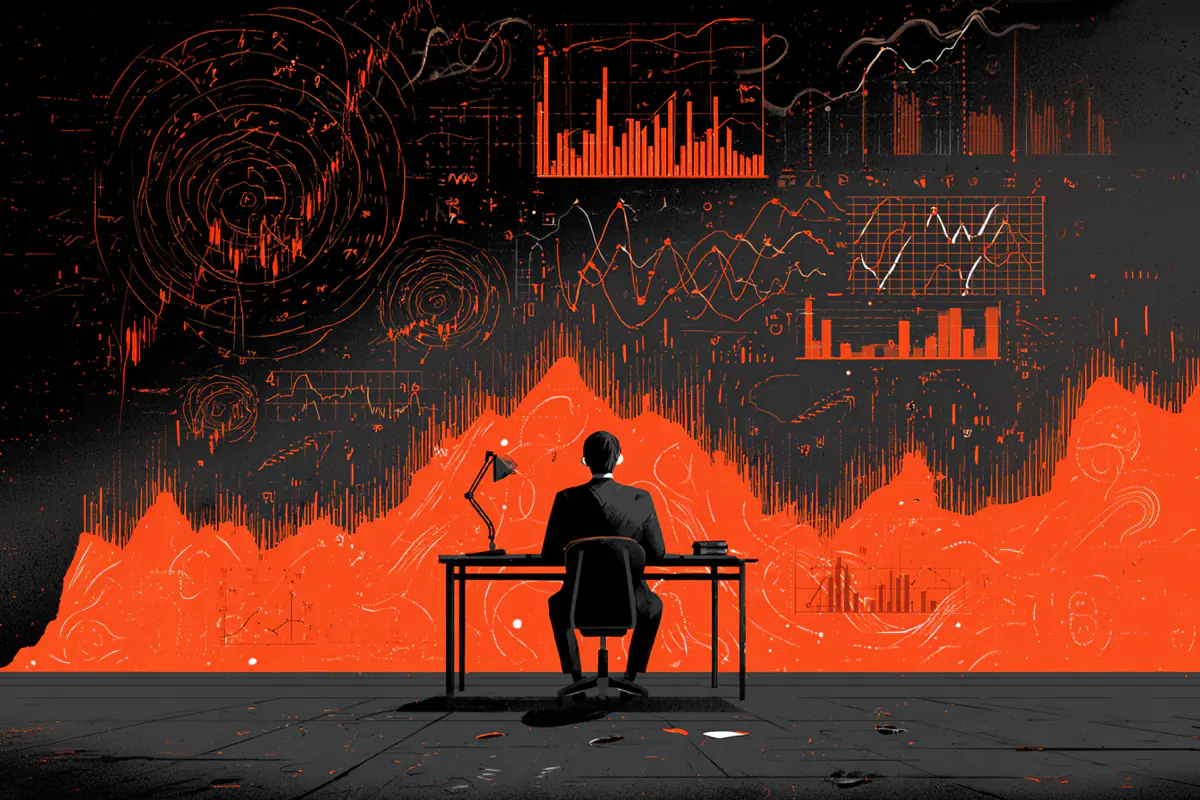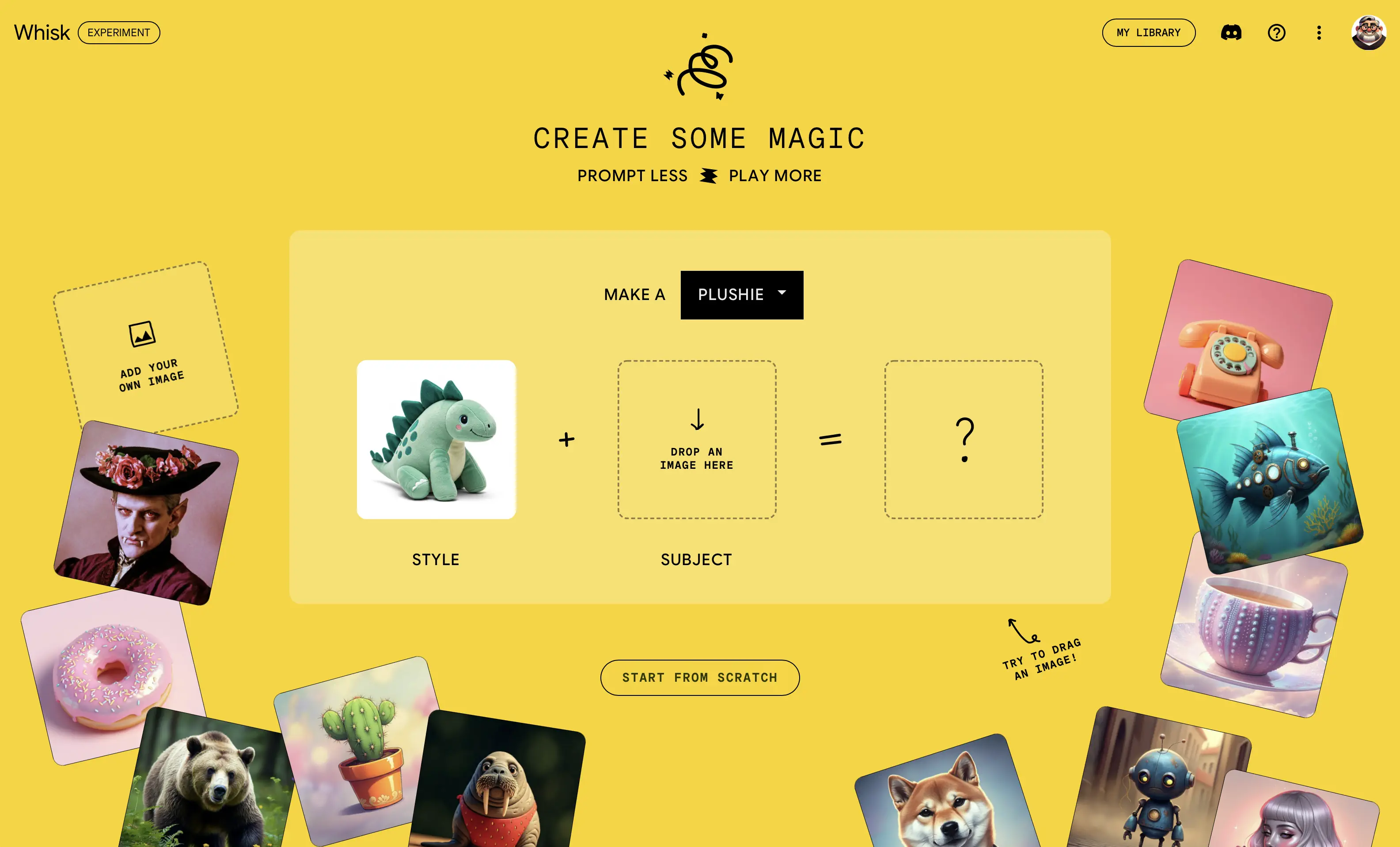How Prediction Markets Flip the Media Game

How Prediction Markets Flip the Media Game
OCTOBER 28, 2025
The Publisher Power Inversion: How Prediction Markets Flip the Media Game
The most revolutionary aspect of prediction markets isn't how we consume content—it's how publishers create it. For the first time in media history, small publishers can prove demand for their content before they write it, get paid before they scale, and literally trade on their own future. This isn't an iteration on existing models. It's an inversion.
The End of "Audience First, Revenue Later"
Every media entrepreneur knows the brutal math: spend 18 months building audience, pray for monetization later. Whether it's Substack, YouTube, or TikTok, the formula has been consistent—give away your best work, hope the audience arrives, then figure out how to pay rent.
Prediction markets break this model entirely.
When a publisher floats their next article idea, the market immediately prices it. A surge in prediction volume isn't just validation—it's working capital. Publishers can now say: "My article on AI consciousness has $50K in prediction volume before I've written a word." That's not speculative value. That's pre-publication market signal stronger than any focus group.
The implications are staggering. A food blogger in Iowa doesn't need to compete with Bon Appétit's distribution. They need to create content that generates prediction interest. If their "Best Des Moines Tacos" piece attracts prediction volume from locals who know it'll go viral, they've already won—before publishing.
Small Publishers, Big Signals
Here's what changes when publishers can prove demand through prediction markets:
Instant Price Discovery: Instead of guessing what readers want, publishers see exactly what content commands market premium. That investigative piece you're considering? If prediction volume is anemic, kill it. The personal essay about your grandmother? If predictions are surging, expand it into a series.
Pre-Publication Monetization: Publishers earn from prediction market fees before articles publish. This isn't ad revenue hoping for clicks—it's readers literally investing in content creation. The market pays you to write what it predicts will matter.
Risk Mitigation Through Hedging: Smart publishers can bet against their own content as insurance. Spending a month on an investigation? Hedge with a position that pays out if it underperforms. You've just invented publisher portfolio theory.
But the real power move? Publishers becoming market makers in their own content.
Publishers as Traders
The sophisticated play isn't just creating content—it's trading around it. Publishers have inside information (they know what they're about to publish), perfect timing control (they choose when to release), and narrative influence (they can steer the story).
Consider this scenario: A crypto newsletter sees their article predictions trading at 5-1 odds for hitting 100K views. They know they've got bombshell news that guarantees 200K+. They can:
- Buy positions before announcing the topic
- Sell into strength as hype builds
- Short competing publishers covering the same story
- Create derivative content based on market signals
This isn't manipulation—it's publishers finally capturing the value they create. When Bloomberg moves markets with headlines, Bloomberg doesn't get to trade. When your newsletter moves prediction markets, you do.
The New Publishing Playbook
The playbook completely inverts:
Old Model: Create content → Build audience → Find sponsors → Hope for profit
New Model: Float ideas → Prove market demand → Get paid from predictions → Publish to profitable audience
This changes who can be a publisher. You don't need runway for 18 months of free content. You need one good idea that the market believes in. A PhD student with breakthrough research can monetize immediately if the market predicts virality. A local reporter with a corruption scoop sees instant value validation.
The Dark Side of Inversion
This power inversion isn't all upside. When publishers trade their own futures, several dystopias emerge:
Prediction Optimization Over Truth: Publishers might chase what markets predict will succeed rather than what matters. Imagine newsrooms where editorial meetings are just reading prediction odds.
Market Manipulation Temptation: If you can make $10K by publishing your article Tuesday instead of Monday to hit better prediction windows, do you do it? What about withholding news for better odds?
The Rich Get Richer: Established publishers with proven prediction track records attract more volume, creating winner-take-all dynamics. The market trusts The Atlantic's predictions more than yours.
What Actually Dies
When publishers can prove demand pre-publication, several sacred cows die:
The Patron Model: Why seek foundation funding when markets fund you?
The Pivot: No more desperate format changes seeking audience. The market tells you exactly what it wants.
The Editorial Guess: Editors' hunches are replaced by market signals.
The Geographic Monopoly: Local news isn't limited to local revenue when global markets can bet on regional content.
The Endgame
In five years, floating content in prediction markets before creation becomes standard. Publishers who don't do this will seem like restaurants that don't take reservations—technically possible, but economically irrational.
The real tell? When the New York Times acquires a prediction market company, not for the gambling revenue, but for the pre-publication demand signal. When that happens, the inversion is complete.
Small publishers, this is your moment. You don't need audience scale. You don't need venture funding. You don't need to work for free. You need ideas the market believes in, and for the first time in media history, you can prove that belief before you type the first word.
The question isn't whether you'll participate in this new model. It's whether you'll be the publisher trading your future, or the one being traded by others.
Welcome to the inversion.




